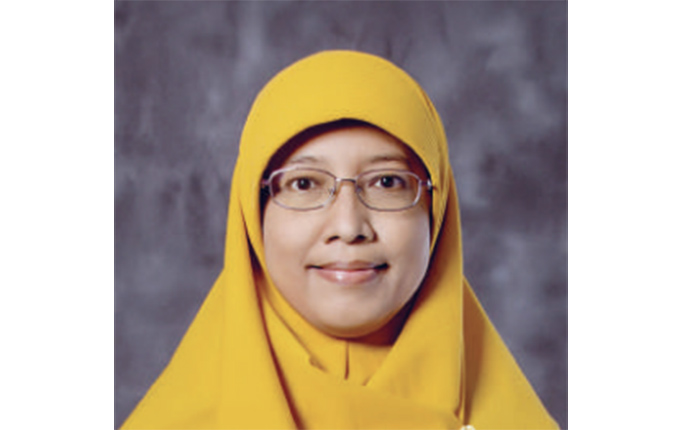
Critical Points
Meanwhile, dr. Indra Murwoko of the Ministry of Health’s Hajj Health Center declared that, based on the provisions of the Regulation of the Ministry of Health Number 62 of 2016 concerning the Health Administration of Hajj Pilgrims, there are five objectives of healthcare during hajj: first, to ensure that all hajj pilgrims are in istithaah condition; to control health risk factors that threaten hajj pilgrims; to treat hajj pilgrims while they are still in Indonesia, during their travel and during their stay in the Holy Land; to prevent the transmission of communicable diseases; and to optimize the people’s participation in the process by providing guidance.
Istithaah is the health capability of the hajj pilgrim, comprising of physical and mental health. It is measured in regular checks, to ensure that the relevant pilgrim is able to perform the hajj ritual, in accordance with the provisions of Islamic shari’a.
“During hajj season, we focus hajj health services on three critical points: Arafah, Musdalifah, and Mina. Arafah has the Arafah Health Post, divided into the Emergency Medical Team (EMT) Maktab/Tent Post, Batch Hajj Health Workers, and Health Promotion Team; Musdalifah has 11 Satellite Posts and Batch Hajj Health Workers; while the Mina Health Post consists of Jamarat EMT, Batch Hajj Health Workers and Health Promotion Team.
All this is our effort to reduce the pilgrim death rate even further from the current 0.89 per mil, which is the lowest it’s been since 2016. Because of the extended waiting list, the 2023 data shows that we have 36 pilgrims (0.02%) aged 100, 14 pilgrims (0.01%) aged 101 years old, 25 pilgrims (0.01%) aged 102 years old, and 9, 2, and 2 pilgrims aged 103, 105, and 109 years old respectively.
Read: World Thalassemia Day – Education And Screening, Important Steps To Cut Thalassemia Chain
Through the years, the top five causes of pilgrim death during hajj are cardiovascular obstruction, respiratory tract obstruction, endocrine and metabolic problems, infections, neoplasms and digestion problems,” dr. Indra concluded.
During the same event, Dr. dr. Betty Ekawati Suryaningsih, Sp. KK, FINSDV, FAADV, dermatology-venereology specialist and Universitas Islam Indonesia Faculty of Medicine teaching staff, emphasizes steps hajj pilgrims need to take to prevent dehydration and dry skin because of high temperatures exceeding 40 degrees Celsius, as well as the extremely low atmospheric humidity of the Holy Land: “Increase your ingestion of fluids, especially by drinking 8-10 glasses of plain water a day; use moisturizers and sunscreen at least twice a day; and most importantly for female pilgrims, keep your head covered, so you can withstand the sun’s harsh rays,” she said. (est)

